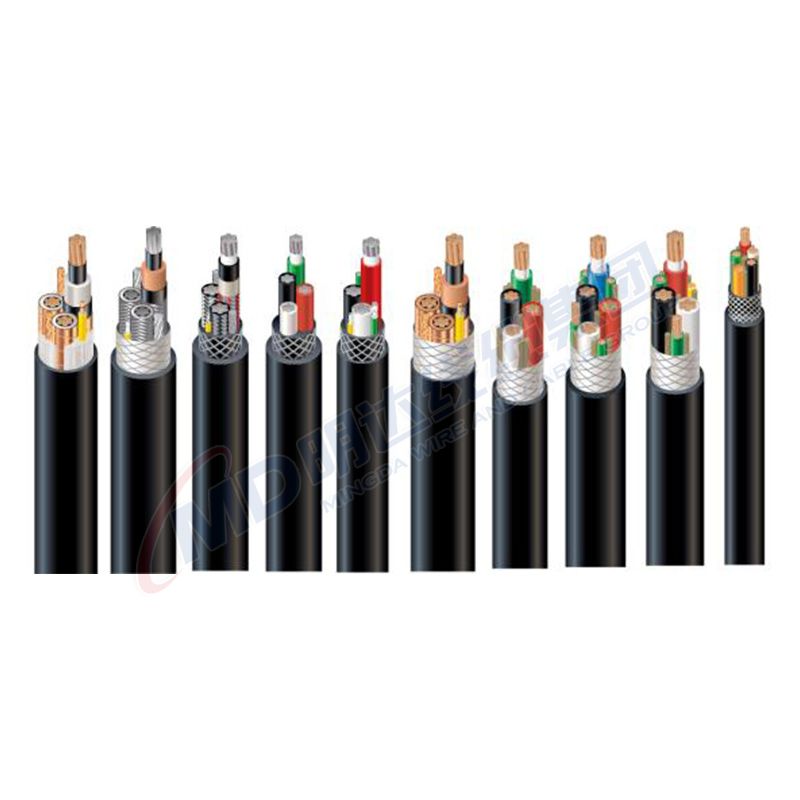Nov . 08, 2024 17:34 Back to list
rising stem globe valve
The Rising Stem Globe Valve A Comprehensive Overview
In the realm of fluid control systems, the rising stem globe valve stands out as a critical component, essential in various industrial applications. Designed primarily for throttling and flow regulation, this type of valve offers unique features that set it apart from other valve types, making it a preferred choice for many engineers and operators.
What is a Rising Stem Globe Valve?
A rising stem globe valve is a type of linear motion valve that controls the flow of fluid through a pipeline. The defining characteristic of this valve is the rising stem mechanism, which allows the stem to move vertically upwards or downwards as the valve is opened or closed. This movement is typically achieved through the rotation of a handwheel or actuator, making it straightforward to operate and monitor the valve’s position.
Design and Functionality
The globe valve's body is shaped like a globe, with an internal baffle that directs fluid flow through a change in direction. This design helps minimize turbulence and flow resistance, ensuring efficient operation. The valve features a threaded stem, which rises as the valve opens. The rising stem is beneficial for operators, as it provides a clear visual indication of whether the valve is fully open, closed, or partially open.
The valve assembly consists of several parts, including the body, disc, seat, and bonnet. The body is typically made of durable materials such as stainless steel, carbon steel, or high-alloy materials, depending on the application requirements. The disc can be made from similar materials and is designed to provide a tight seal against the seat when closed, preventing leakage.
Applications of Rising Stem Globe Valves
Rising stem globe valves are extensively used across various industries, including oil and gas, water treatment, power generation, and chemical processing. Their ability to precisely regulate flow makes them ideal for applications where pressure control is crucial. In the oil and gas industry, for example, these valves are employed to manage the flow of hydrocarbons in pipelines and processing facilities.
rising stem globe valve

In water treatment plants, rising stem globe valves control the flow of water through treatment processes, ensuring that the water quality meets regulatory standards. In power generation, they manage steam and condensate flow in systems, contributing to the overall efficiency of energy production.
Advantages
One of the primary advantages of rising stem globe valves is their excellent throttling capability. Unlike gate valves, which are primarily used for on/off control, globe valves are designed to be partially opened, allowing for precise flow adjustments. This makes them indispensable for applications requiring regulatory control.
Additionally, the rising stem design provides visible feedback regarding the valve’s position. Operators can easily see whether the valve is open, closed, or somewhere in between, which enhances operational safety and efficiency.
Another benefit is their durability and reliability. With proper maintenance, rising stem globe valves can perform effectively over a long service life, reducing the need for frequent replacements and minimizing downtime.
Considerations for Use
While rising stem globe valves offer numerous advantages, there are a few considerations to keep in mind. They are generally larger and heavier than other valve types, which may pose installation challenges in constrained spaces. Additionally, the throttling effect can create pressure drops in the system, so operators must calculate the pressure and flow requirements carefully.
Conclusion
In summary, rising stem globe valves are essential components in various industrial systems, providing reliable and precise control over fluid flow. Their unique design, coupled with the ability to visually signal valve position, makes them a popular choice for many applications. As industries continue to evolve, the role of these valves will remain critical, ensuring efficient operations and safety in fluid handling processes.
Share
-
Reliable Wafer Type Butterfly Valves for Every IndustryNewsJul.25,2025
-
Reliable Flow Control Begins with the Right Ball Check ValveNewsJul.25,2025
-
Precision Flow Control Starts with Quality ValvesNewsJul.25,2025
-
Industrial Flow Control ReliabilityNewsJul.25,2025
-
Engineered for Efficiency Gate Valves That Power Industrial PerformanceNewsJul.25,2025
-
Empowering Infrastructure Through Quality ManufacturingNewsJul.25,2025